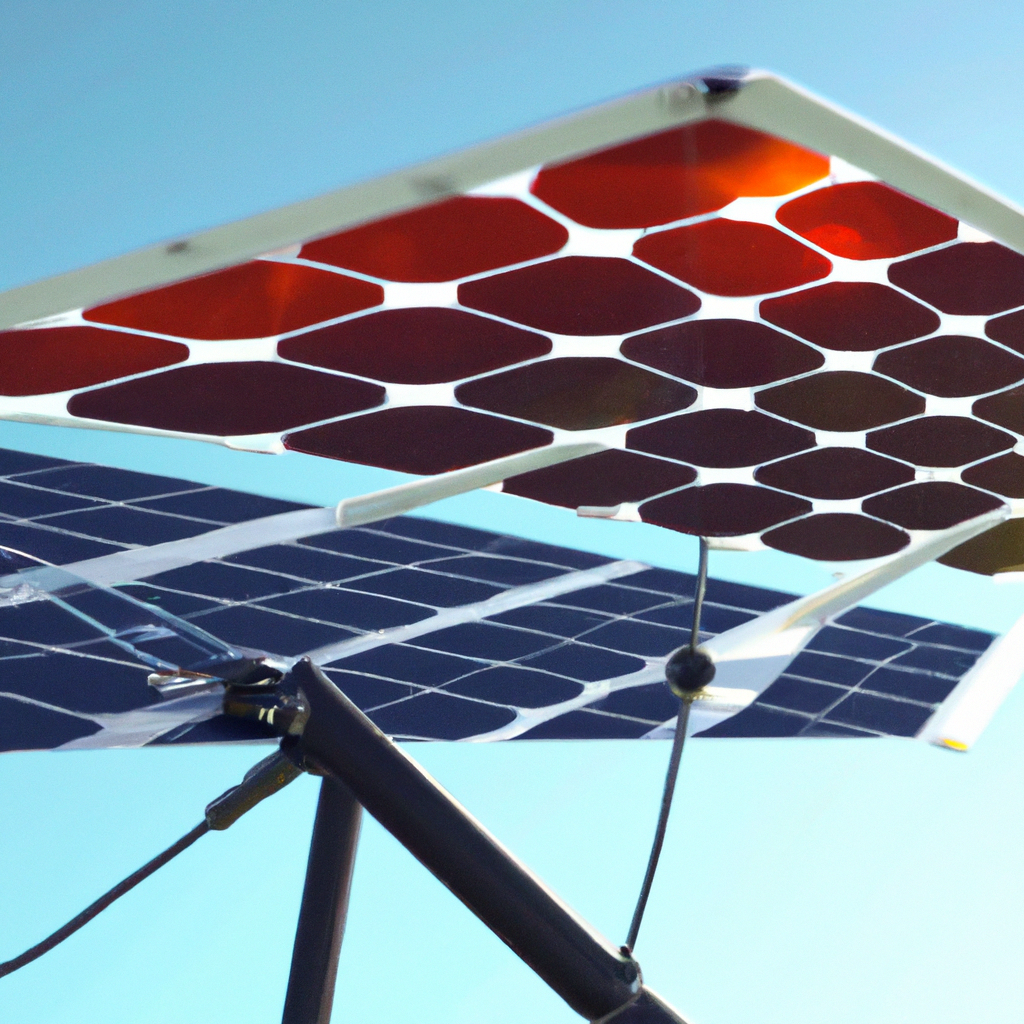Solar panels have become increasingly popular in recent years as a source of renewable energy. But how do solar panels work? In this article, we will explore the process behind solar energy and the technology that makes it possible.
What are solar panels?
Solar panels are devices that convert sunlight into electricity. They are made up of photovoltaic cells, which are typically made of silicon. When sunlight hits the cells, they generate an electric current.
How do solar panels work?
The process behind solar panels can be broken down into four basic steps:
1. Absorption: When sunlight hits a solar panel, it is absorbed by the photovoltaic cells. The cells are made up of layers of silicon, which react to the energy from the sunlight.
2. Conversion: Once the cells absorb the sunlight, they convert the energy into direct current (DC) electricity. This type of electricity is not suitable for use in most homes or businesses, so it needs to be converted into alternating current (AC) electricity.
3. Inversion: An inverter is used to convert the DC electricity into AC electricity. The inverter is typically located near the solar panels and is connected to the electrical grid.
4. Consumption: Once the electricity has been converted into AC electricity, it can be used to power homes and businesses. Any excess electricity that is generated can be sent back to the electrical grid and used by other customers.
Components of Solar Panels
Solar panels consist of several components that work together to generate electricity. These components include:
1. Photovoltaic cells: These are the cells that convert sunlight into electricity. They are made up of layers of silicon and other materials.
2. Encapsulation: The photovoltaic cells are encapsulated in a protective layer of glass or plastic. This layer helps to protect the cells from weather damage and other environmental factors.
3. Frame: The frame of the solar panel is typically made of aluminum or another lightweight material. It provides support for the solar panel and helps to ensure that it remains in place.
4. Inverter: The inverter is used to convert DC electricity into AC electricity. It is typically located near the solar panels and is connected to the electrical grid.
Advantages of Solar Panels
There are several advantages to using solar panels as a source of renewable energy. These advantages include:
1. Cost savings: Solar panels can help to reduce energy costs by generating electricity from the sun. This can result in significant cost savings over time.
2. Environmental benefits: Solar panels are a clean and renewable source of energy. They do not produce greenhouse gas emissions or other pollutants that can harm the environment.
3. Energy independence: Solar panels can help to reduce dependence on fossil fuels and other non-renewable sources of energy. This can help to increase energy independence and security.
4. Long lifespan: Solar panels have a long lifespan and require little maintenance. They can continue to generate electricity for 25 years or more.
Conclusion
In conclusion, solar panels are an important source of renewable energy that can help to reduce energy costs, protect the environment, and increase energy independence. By understanding the process behind solar energy and the technology that makes it possible, we can continue to develop new and innovative solutions to meet our energy needs. Whether you are looking to reduce your energy costs or contribute to a cleaner, more sustainable future, solar panels are an excellent choice for anyone interested in renewable energy.







